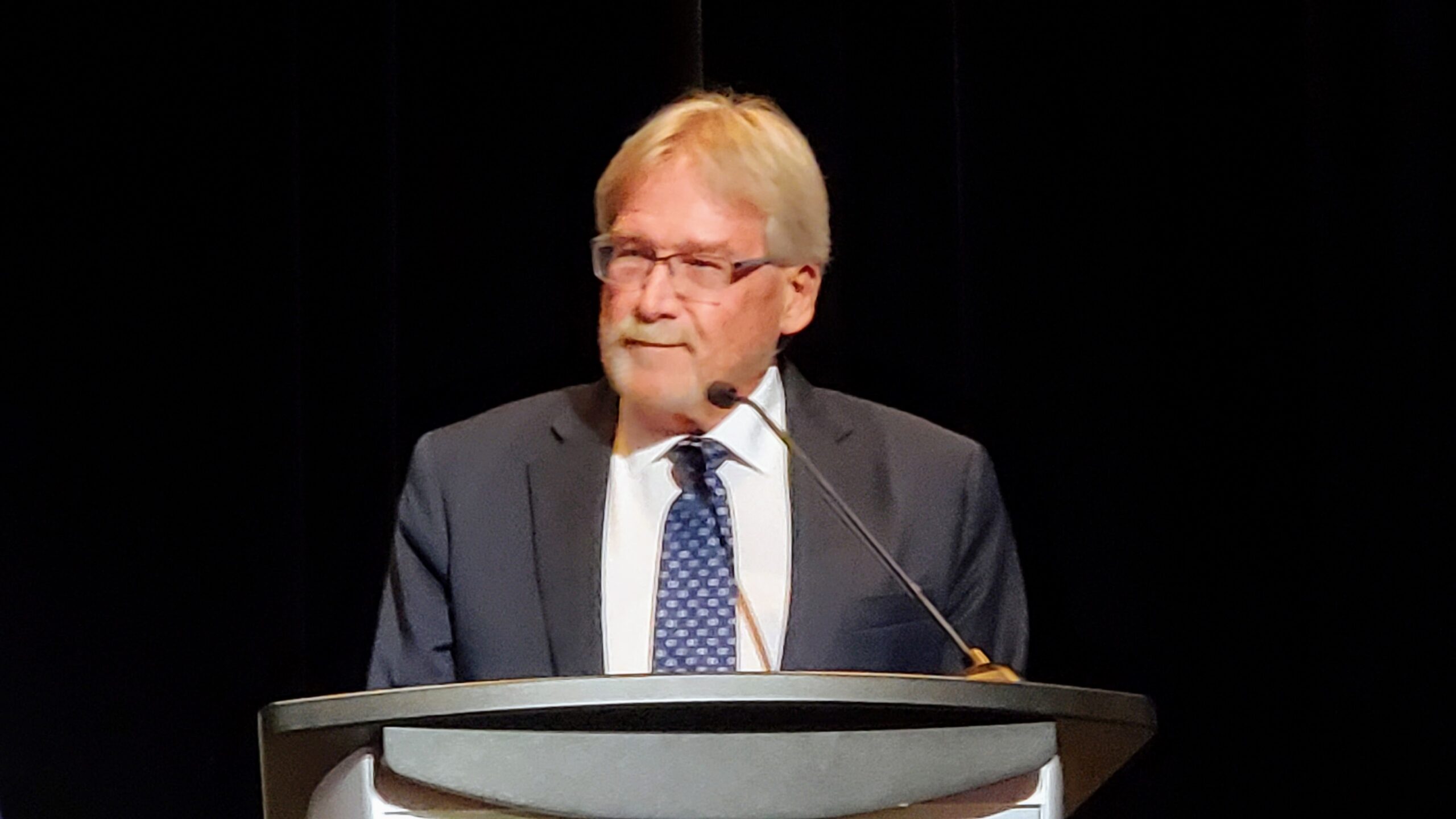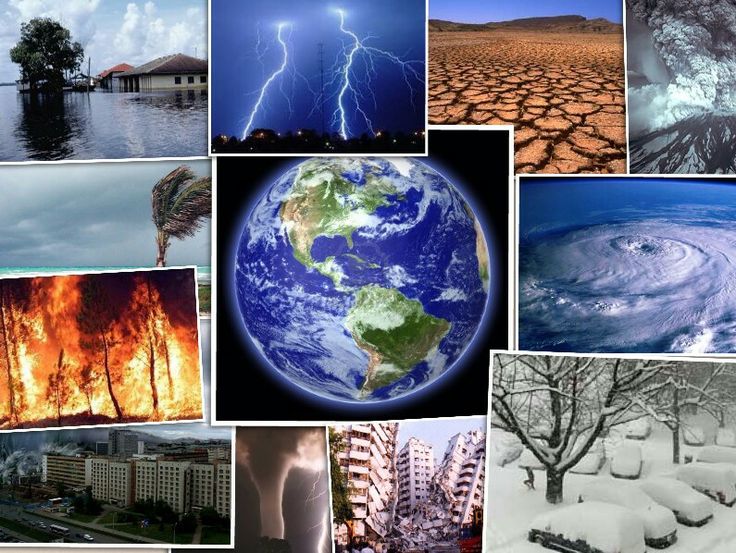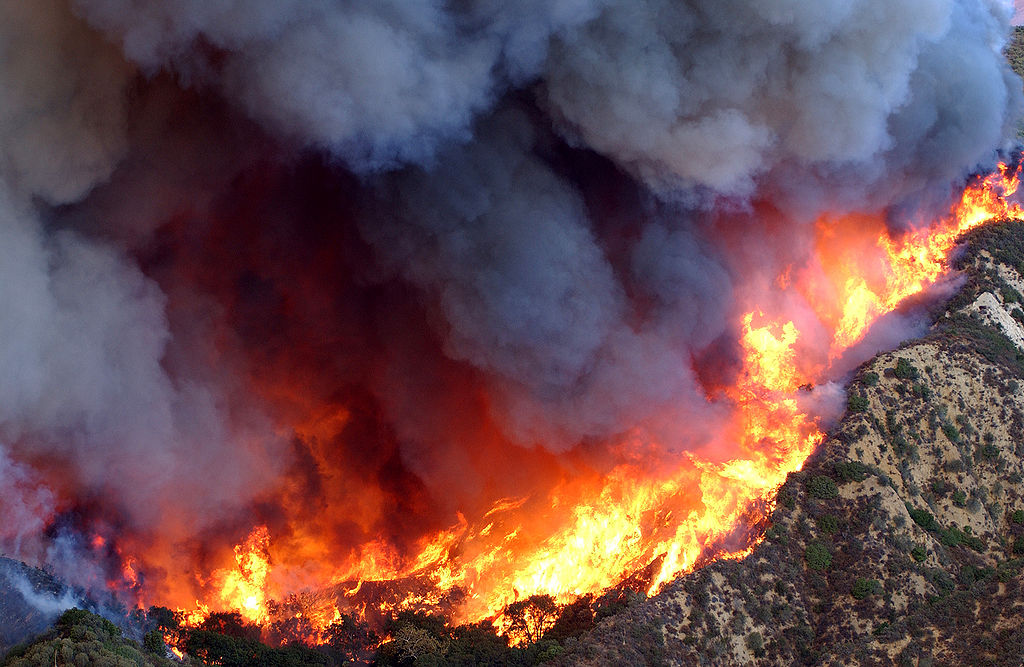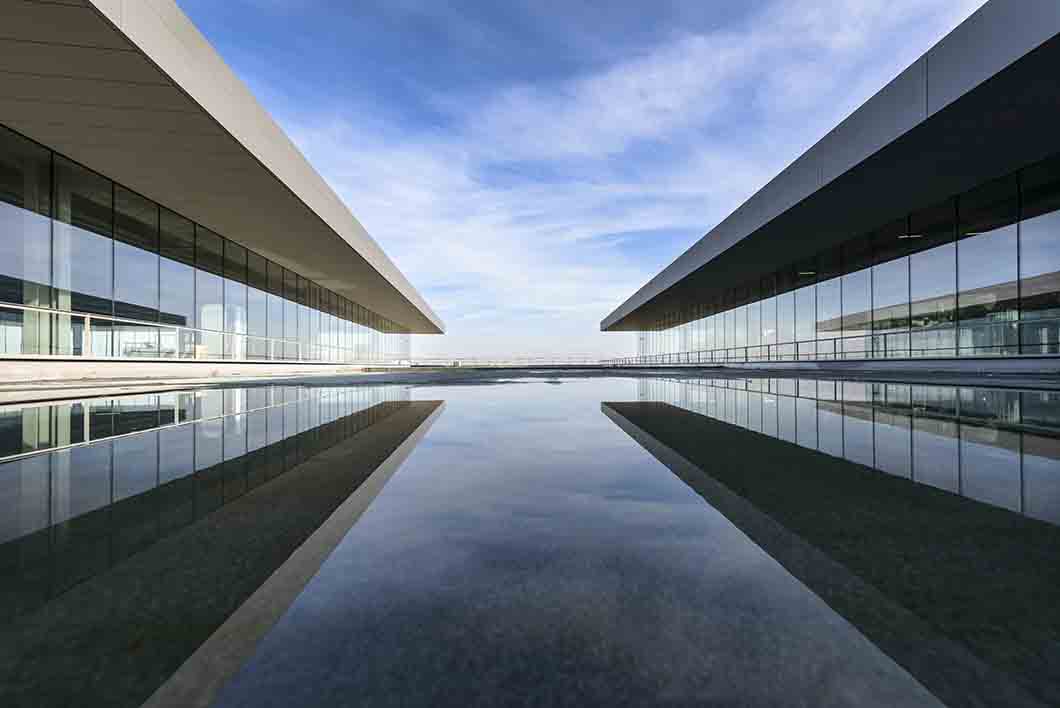Designing for Resiliency – The Path to a More Sustainable Future




Designing the built environment to withstand the impacts of climate change and natural disasters is critical to our future survival, and We may not get a second chance to get it right!
That was the key message by William Larson, Chair of the Building Resilience Coalition, in his opening remarks to a plenary session on Designing for Resiliency at the 2023 Summit of the Pacific Northwest Economic Region (PNWER) in Boise, Idaho.
We cannot lose sight of the impact climate-related or man-made disasters will have on our infrastructure, he noted to the over 550 legislators, business leaders, academics, and policymakers that came together to discuss and improve regional economic best practices and trade concerns.
He added that current building codes are minimum standards, and as evidenced by recent forest fires, floods, and extreme heat waves worldwide, they are inadequate to prevent huge losses of lives and property damage.
He noted that the cost of damage caused by extreme weather events is too high. That is why we must adopt more resilient design criteria to guide the construction and renovation of our buildings and the infrastructure vital to our economy.
He noted that reducing the risks of catastrophic losses also brings us closer to carbon neutrality. The rising use of low-carbon fuels and building materials by the concrete, masonry, and steel industries is making a huge difference in reaching our net-zero goals by 2050.
Larson’s message was reinforced by presentations by three of the world’s top experts on climate resiliency and disaster mitigation.


Drawing upon his experience in the United Nations Disaster UNDRR Private Sector Alliance for Disaster Resilient Societies, he noted that the world’s rapidly expanding urban areas are extremely vulnerable to climate-related disasters, and both private sector organizations and governments must work together to reduce the risks of catastrophic losses. To aid in this process, he outlined work underway to develop a Building Resilience Index to guide designs and investments.
The Building Resilience Coalition’s relationship with PNWER has been particularly beneficial, noted Larson, in that it provides unparalleled opportunities to meet one-on-one with state, local, and national government leaders, leading to relationship building and positive action. The groundwork for several discussions with legislators across the Pacific Northwest resulted from the four-day gathering in Boise.
He stated that the Pacific Northwest Economic Region is an outstanding model of multi-jurisdictional collaboration between Canada and the United States. We are proud of and grateful for the opportunity to work with its many dedicated members.
“In today’s increasingly complex world, meetings such as this allow us to forge partnerships and collaborations that become the binder that unites us to build a better future”, he said.
Videos and transcripts of the Building Resilience Coalitions session presentations will be available presently for Coalition members and the general public access.
Recent Posts
Building Resiliency in the Pacific Northwest
In the Pacific Northwest, the increasing frequency and severity of climate-related disasters, such as wildfires,…
How California can rebuild safer, more resilient cities after wildfires
The catastrophic LA wildfires were a powerful reminder that governments and communities need to think…
Mobilizing Resilient Design and Construction
Implementing a multifaceted strategy can motivate state and local governments to prioritize resilient design and…
Insurance Pricing: Navigating a New Era of Risk
The growing frequency and severity of climate-related disasters present a significant challenge for the insurance…
Designing for Resilience … It’s A Must
We see far too often structures built to current code that lack planning and design…
What are the Real Benefits of Designing for Resilience
While designing for resilience requires initial investments, the long-term payoffs often far outweigh these costs.…


